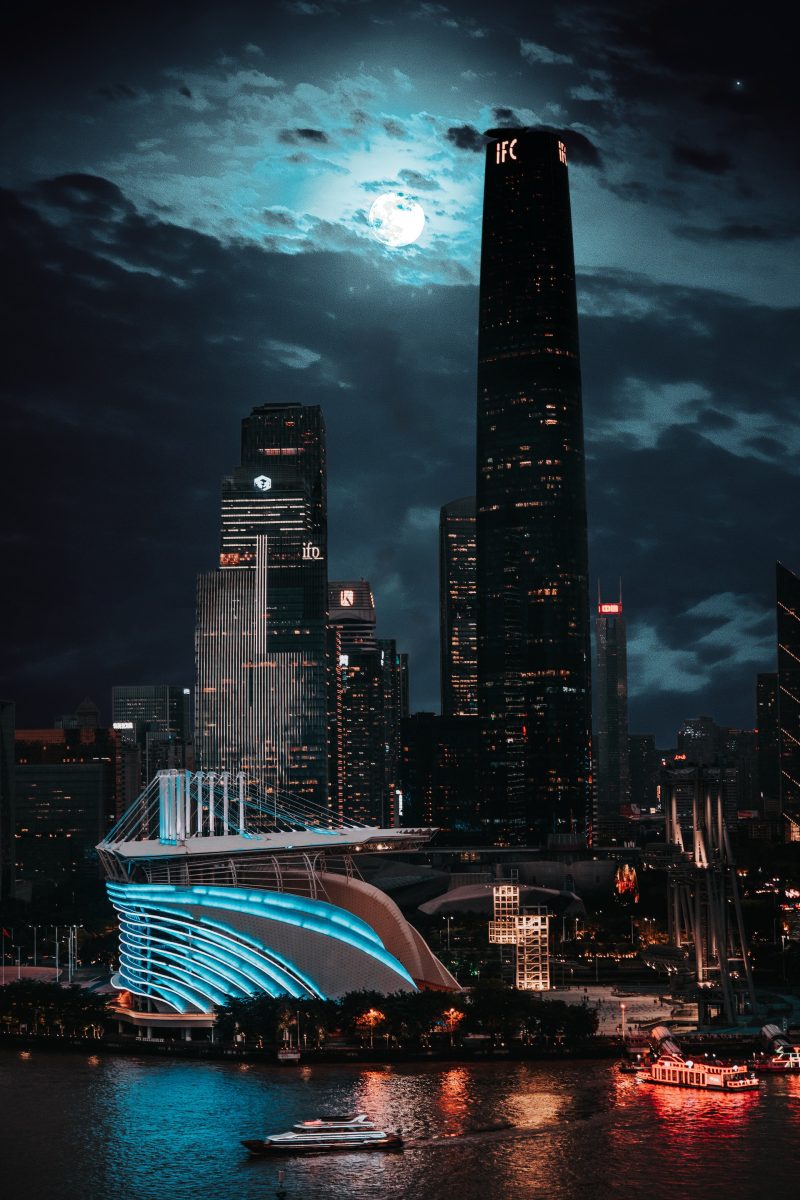The Temple of the Six Banyan Trees, locally known as the Liurong Temple, is a place with 1500 years of spiritual history and is considered one of the birthplaces of Chinese Chan (Zen) Buddhism – a place of great importance. Though it is close to the city of Guangzhou, the temple is strangely tranquil, and people visit to find some measure of spiritual peace.
.jpg)
History
Chinese poet Sushi visited the temple out of admiration and was impressed by the six ancient Banyan trees standing there, thereby writing the Chinese characters – Liurong – which was then carved by the resident monks, birthing the namesake of the temple. When rebuilt in 1982, these characters were engraved once more and hung above the main gate. Today, six banyan trees still stand and though they may not be the original trees, are still over 150 years old.
Layout
The temple itself is an octangular pagoda that reaches 57m in height, while the complex covers about 8500 square metres. There are over 13 buildings, such as the Main Shrine Hall, Scripture Library, and Hall of Friendship. Various depictions of Chinese tradition, history, and spirituality are present throughout the complex, adding to the rich tapestry of culture that permeates the area.
Highlights
The architecture is reminiscent of an early Indian style merged with components of ancient China, a style not seen in many Chinese temples of recent times – while many statues of Buddhas past and future dot the landscape, true to the Buddhist nature of the temple. The pagoda itself towers over the land, a red-white extension towards the sky constructed of octangular brick wood.
Nearby Attractions
Visitors to Liurong Temple are only a few kilometres from the city centre, accessible to residences such as the Springdale Serviced Residence Guangzhou – making it even more convenient to travel to such attractions as the Yuexiu Park, Nanyue King Mausoleum, or Chen Clan Ancestral Hall. All of these attractions are also within city limits, making Guangzhou accommodation a truly viable option for tourists and outside visitors.
Tips for Visitors
For visitors who want to get a better experience of culture and an idea of Buddhist traditions, one can visit during Chinese festivals – such as the Spring/Lantern festivals. It’s also possible to pay a fee for a private blessing with one of the monks in the temple, and for a bit of extra good luck, a visitor can toss a coin in the courtyard can. Also, it’s important to remember that no photos of the Buddha statues are allowed, so please be respectful!











